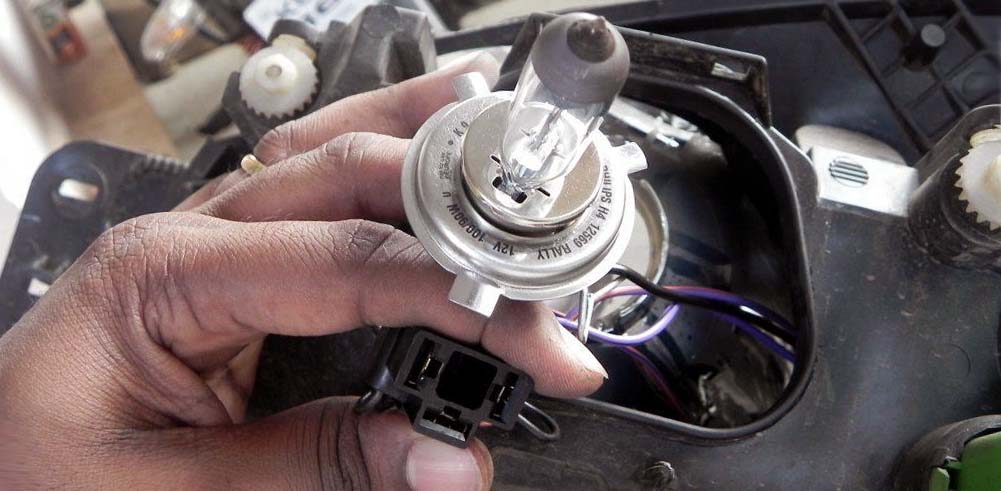If your car’s turn signals are not working correctly, it can be a source of frustration and put you into potentially dangerous situations. It is important to understand the basics of how turn signals work and the different components involved in order to effectively troubleshoot any issues that may arise. The most common causes of faulty turn signals are typically loose or faulty wires and connectors, blown fuses, or a faulty flasher relay unit.
Testing the Wires and Connectors for Issues
The first step when troubleshooting your car’s turn signals is to check all of the wires and connectors that make up the system. Begin by disconnecting each wire at its terminal point on both sides of the connection. Then inspect each wire for signs of damage such as wear, corrosion or chafing from rubbing against other parts in the engine compartment. If there are any signs that indicate the wire may be damaged, replace it with a new one. Next, reconnect all terminals making sure each connection is secure and then test your turn signal lights again to see if they now work properly.
Replacing a Blown Fuse for Turn Signals
If testing your wires and connectors does not reveal any issues, the next step is to check and replace any blown fuses. To do this, first locate your vehicle’s fuse panel and identify the fuse that is associated with the turn signals. Once identified, remove the fuse and inspect it for signs of damage such as a broken filament or melted plastic housing. If the fuse appears to be damaged in any way, replace it with a new one that matches the specifications of your car’s manufacturer.
Replacing a Faulty Flasher Relay Unit
In some cases, a faulty flasher relay unit can cause turn signals to malfunction. To test if this is the case for you, locate your car’s flasher relay unit and disconnect it from its wiring harness. Then use an ohm meter to measure resistance between each terminal on the unit itself. Depending on what type of flasher relay you have, you should get either 0 or infinity reading when no current is applied or low resistance reading when current is applied. If results from your ohm meter test suggest that your relay unit may be defective then it will need to be replaced in order for turn signals to function properly again.
Conclusion
By understanding how turn signals work, the different components involved and the steps to properly troubleshoot any issues that may arise, it is possible to quickly diagnose and resolve the problem. If you find that your car’s turn signals are not working correctly, begin by testing all wires and connectors, replacing any blown fuses, and then checking for a faulty flasher relay unit. With a few simple steps you can be back on the road with proper functioning turn signals in no time.



Add Comment